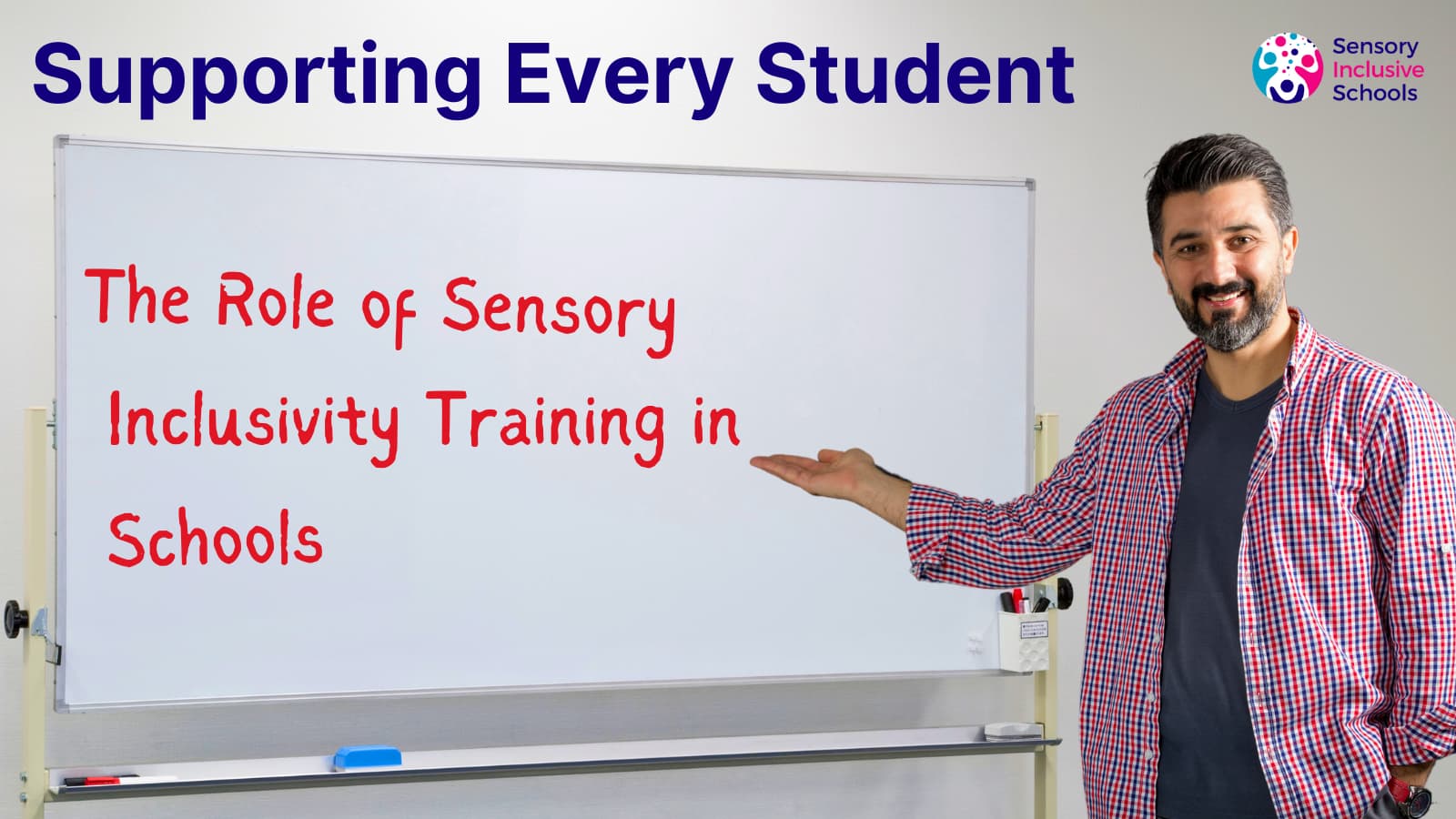
Ensuring that staff understand sensory processing differences and how to support students effectively is vital for fostering a learning space where all children can thrive. However, training doesn’t have to be time-consuming, expensive or overwhelming.
Sir Martyn Oliver, Ofsted's Chief Inspector, recently emphasised the importance of inclusion in schools, stating that special educational needs and disabilities (SEND) are the "biggest issue" affecting schools in England. He added, "I think we can direct schools to be more inclusive and reward those that are doing the difficult job." Sensory inclusion is a key part of creating a truly inclusive environment.
What are Sensory Processing Differences?
Sensory processing refers to how our body receives and interprets incoming stimuli through our senses. It's our brain's way of understanding the world around us and what's happening inside us - and whether to react to or ignore that information.
We all experience differences in the way our brain and body deal with sensory input, but some people's differences make everyday activities hard, especially when they are in environments which are not supportive of their sensory needs. Their sensory processing differences may mean they under or over-respond to sensory input. It can also mean that they have differences in how they perceive their sensory experiences and plan and coordinate their movements.
Making Sensory Inclusion Training Simple and Effective
Around 1 in 6 students experience sensory processing differences that impact their ability to focus, engage, and participate in learning at school. Because we are all sensory beings with different sensitivities, preferences and experiences, sensory processing affects everyone and inclusive strategies can benefit all students.
Without an understanding of how sensory needs affect behaviour and learning, staff may misinterpret certain behaviours as defiance or disengagement rather than as signs of sensory overload or unmet sensory needs.
That’s why Sensory Inclusive Schools offers engaging, interactive, bite-sized online training that fits seamlessly into the busy schedules of school staff. Our training is designed to be practical, accessible, and immediately useful in the classroom.
What Makes Sensory Inclusive Schools Training Different?
-
Bite-Sized and Engaging – No lengthy lectures; just clear, concise modules packed with useful strategies. Ideal for Twilight Sessions and INSET Days.
-
Interactive Learning – Engaging activities and real-world scenarios make the training practical and memorable.
-
Live Support from Experts – All our sensory therapists are qualified Occupational Therapists with experience in schools and the NHS, ready to offer guidance and answer questions via email and our live Peer Support Drop-In Sessions.
-
Designed for Schools – Our training and support are tailored specifically for school staff, ensuring that what you learn is directly applicable to your setting.
The Right Training, The Right Support
Investing in staff training on sensory inclusivity doesn’t have to be onerous or costly. With the Sensory Inclusive Schools package, schools can equip their staff with the knowledge and skills they need in a way that is flexible, engaging, and supported by experts. And we’ve made it available within budget-friendly packages. This isn’t just about ticking a box—it’s about creating an inclusive learning environment where every child can succeed and giving your staff direct access to expert support.
Find out more about how packages of sensory training and support here.


